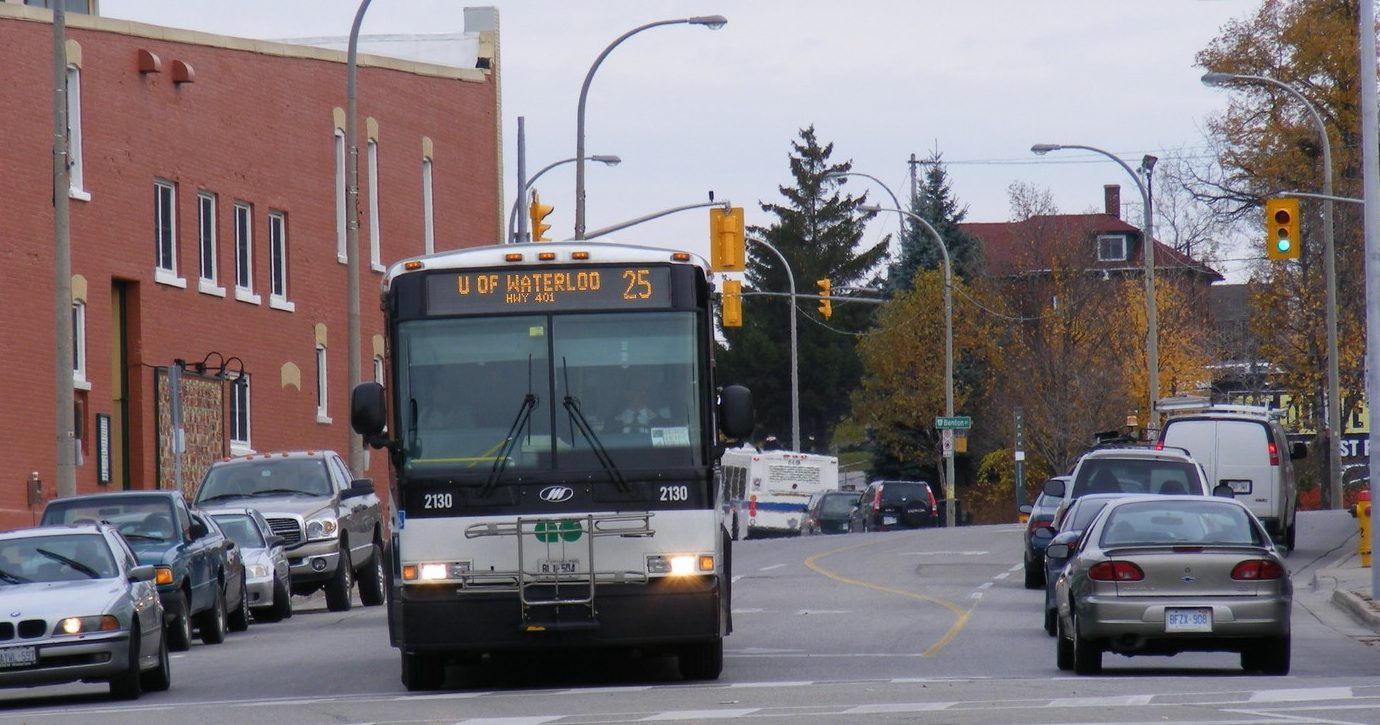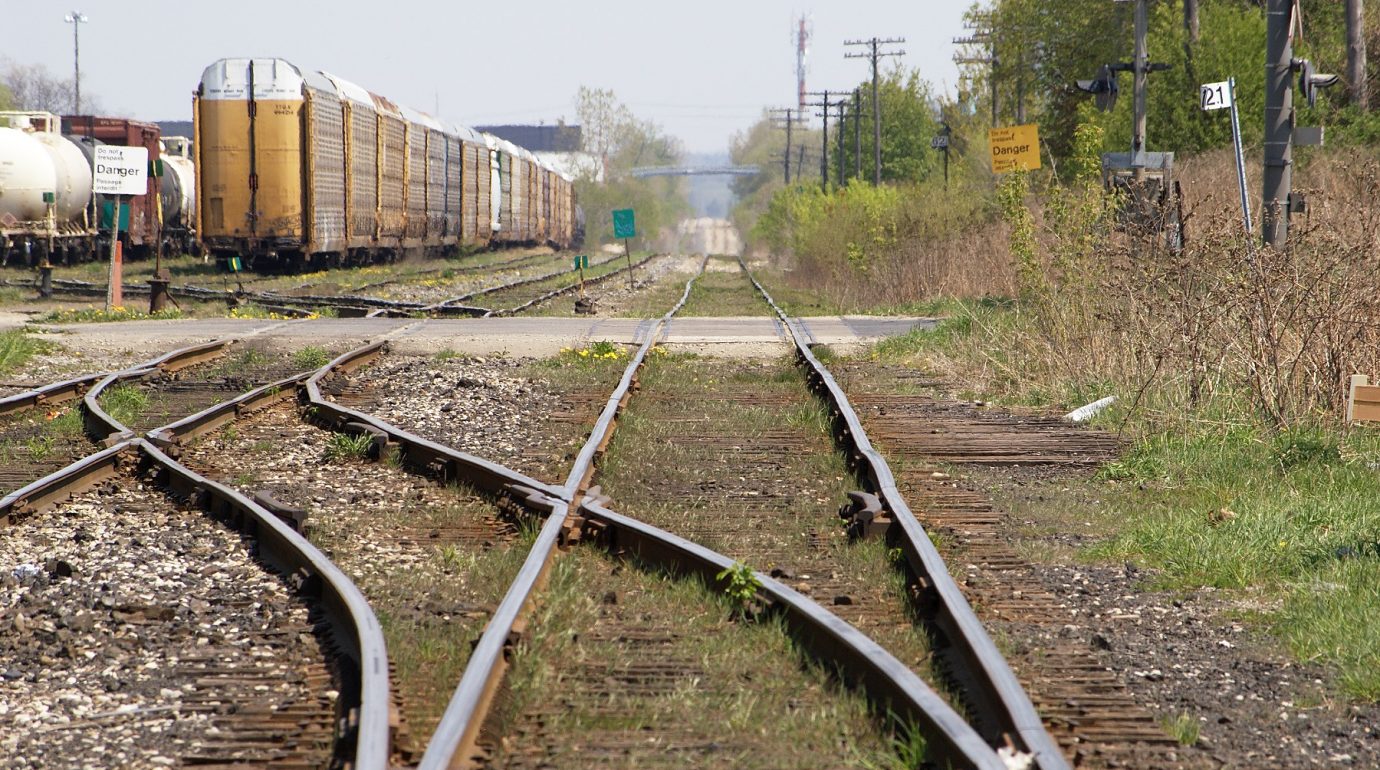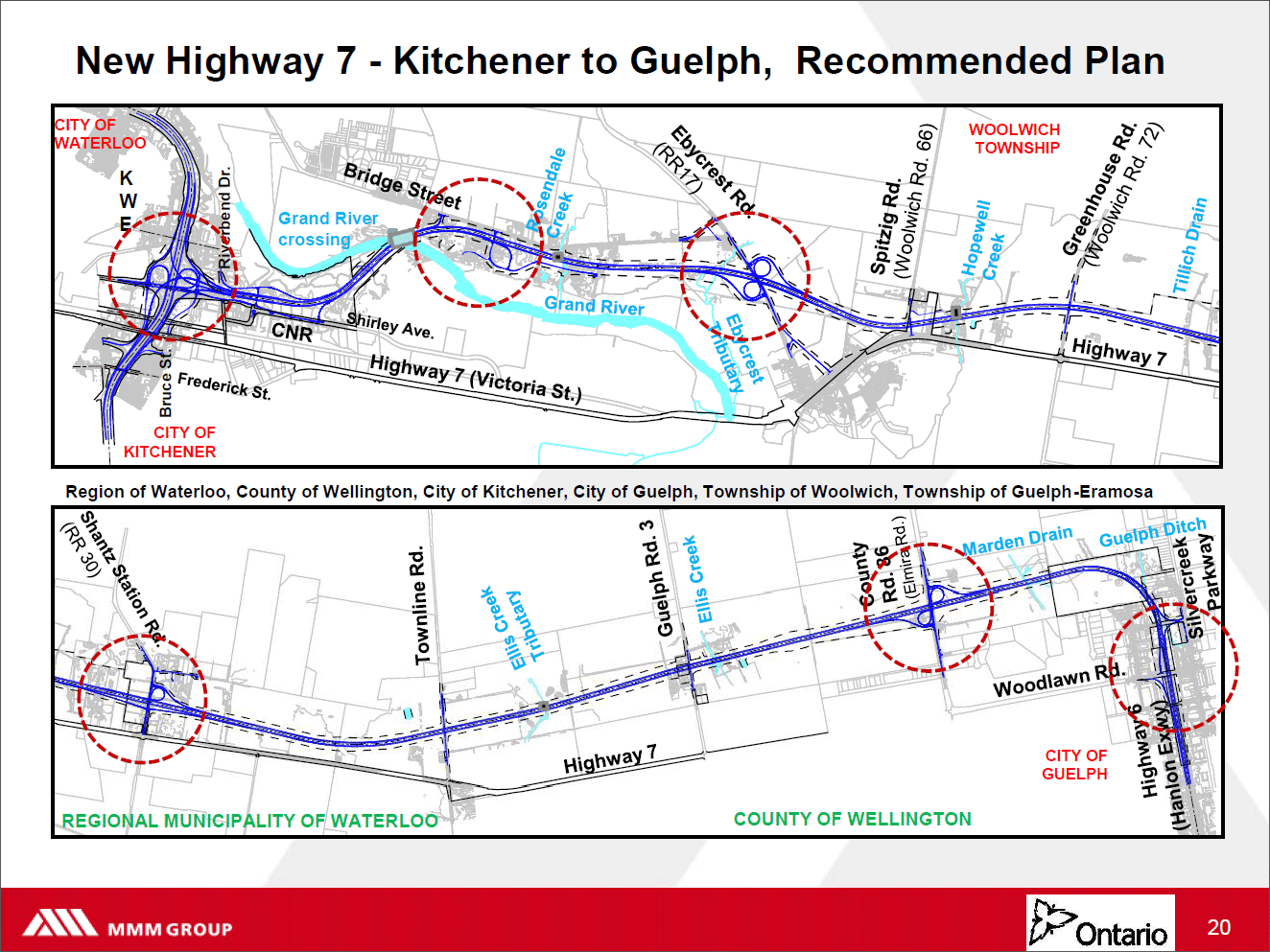An update on Greyhound airport service
In a recent post we suggested that Greyhound might not have the license to operate service between Waterloo Region and the Toronto Pearson airport. Greyhound has been in touch to tell us that we’re mistaken. Quoting the letter from David Butler (Regional Vice President, Eastern Canada):
Over the years Greyhound has acquired many licences through acquisitions of companies like Voyageur, Gray Coach and PMCL to supplement our own P.V. licenses. I wish to confirm that Greyhound does indeed hold all the required operating authorities to provide this service under the P.V. licences issued to it by the Ontario Highway Transport Board (“OHTB”). This was verified before the service commenced, validated with senior staff at the OHTB and, prior to their coming into force, the schedules for these services were duly filed with the OHTB as is required by regulation. Greyhound has long supported, and faithfully followed the OHTB regulations in regards to our services in Ontario.
When we had contacted the OHTB, they were unable to provide a listing of services licensed to operate between Waterloo Region and Toronto Pearson airport. They were able to provide the license when given a company name, so we had requested those for Airways Transit and Greyhound. We had not anticipated that subsidiary companies would have separate licenses. We have not yet been able to track down the specific license that applies in this case, but we do not have reason to doubt Greyhound’s word here.
Mr. Butler also writes:
We are very excited about the initial response to this new service. We hope to increase frequency to match demand.
We, too, are enthusiastic about useful new transit service from Waterloo Region and increased frequency!
We’re happy to have been mistaken about the status of Greyhound’s airport service. The main question at this point is what exactly the province is doing in its review of intercity bus regulation. There have not been any public updates in many months. As it stands, it is hard to find information about intercity bus service in Ontario and, consequently, hard for new entrants to improve such service.





